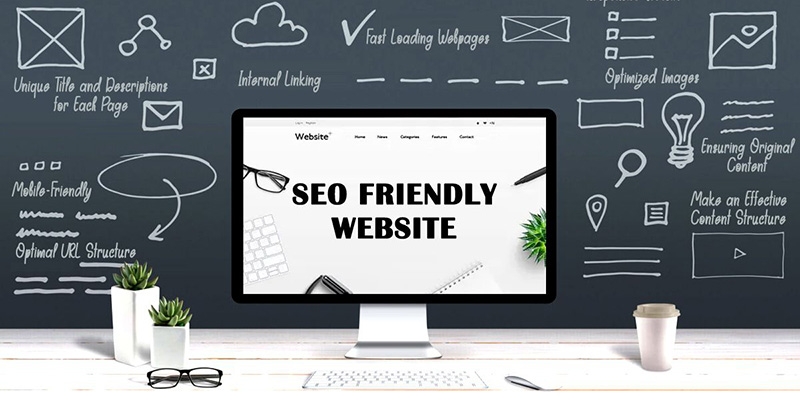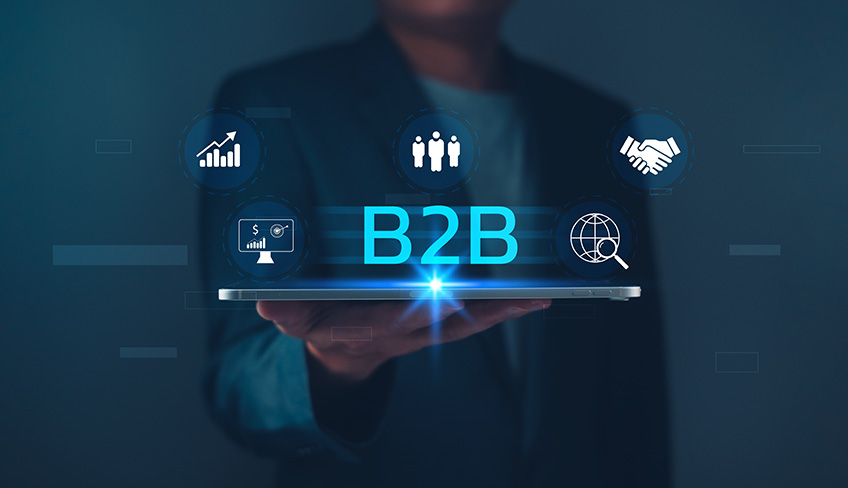Ecommerce Development Practices

The world of eCommerce development has evolved rapidly over the past decade. Businesses of all sizes are striving to create seamless, engaging, and secure online shopping experiences for their customers. This blog category is dedicated to exploring the best eCommerce development practices, covering everything from website performance optimization to robust security measures, and from responsive design to advanced integrations. Whether you are a seasoned developer, a business owner, or someone curious about how online stores function behind the scenes, this section will provide valuable insights to help you stay ahead in the digital marketplace.
1. Mobile-First & Responsive Design

In today’s world, over 70% of eCommerce traffic comes from mobile devices. A responsive design is no longer a luxury— it’s a necessity. Developers must ensure that online stores look and function flawlessly across desktops, tablets, and smartphones. Techniques like flexible grids, fluid images, and CSS media queries help achieve this goal. A mobile-first approach doesn’t just improve user experience; it also boosts SEO rankings since search engines like Google prioritize mobile-friendly sites.
2. Performance Optimization for Faster Load Times

A slow-loading eCommerce site can drive potential customers away in seconds. Studies show that 53% of users abandon a website that takes more than 3 seconds to load. Best practices for performance optimization include:
- Using Content Delivery Networks (CDNs) to distribute content globally.
- Minimizing HTTP requests by combining CSS and JavaScript files.
- Leveraging image compression techniques like WebP formats.
- Implementing lazy loading for images and videos.
These strategies ensure your eCommerce site runs smoothly, offering customers a seamless browsing and shopping experience.
3. Security & Data Protection

Security is a critical pillar in eCommerce development. Shoppers trust websites with sensitive information such as credit card numbers and personal data. Developers must prioritize:
- Implementing SSL certificates for secure HTTPS connections.
- Using strong encryption for payment processing.
- Regularly updating plugins, themes, and frameworks to patch vulnerabilities.
- Adhering to PCI DSS compliance for handling financial data.
A secure eCommerce store builds trust, encourages repeat purchases, and protects businesses from costly breaches.
4. SEO-Friendly Development Practices

Search Engine Optimization (SEO) is not just about keywords; it starts with how a website is built. Developers can ensure SEO-friendly architecture by:
- Using clean, semantic HTML for better crawlability.
- Creating fast-loading pages that meet Google’s Core Web Vitals.
- Ensuring structured data markup for rich results in search engines.
- Implementing proper URL structures and breadcrumbs for easy navigation.
These practices help your eCommerce site gain visibility, attract organic traffic, and improve conversion rates over time.
5. Scalable Architecture & Integrations
As eCommerce businesses grow, their websites need to handle more products, more traffic, and more complex operations. Scalability is key. Best practices include:
- Using microservices architecture for flexibility.
- Implementing APIs for integrating with payment gateways, CRMs, and ERPs.
- Building modular codebases to allow future expansion.
- Choosing cloud hosting solutions like AWS or Azure for better performance.
A scalable architecture ensures that your eCommerce store can adapt to growth and new technologies.
6. User Experience (UX) & Accessibility
Beyond aesthetics, user experience is about making every step of the buying journey intuitive. Good UX practices include:
- Clear navigation menus and category structures.
- Quick, frictionless checkout processes with multiple payment options.
- Readable fonts, contrasting colors, and adequate spacing.
- Accessibility compliance (WCAG standards) for users with disabilities.
When customers enjoy using your site, they are more likely to complete purchases and return for more.
7. Future of Ecommerce Development
The future of eCommerce development will continue to evolve with emerging technologies like AI-powered product recommendations, voice search shopping, and augmented reality (AR) try-ons. Staying updated with trends and adapting best practices will be crucial for businesses to remain competitive in this fast-changing landscape.
Conclusion
The eCommerce development landscape is dynamic, challenging, and full of opportunities. By embracing best practices such as responsive design, robust security, SEO-friendly structures, and scalable architectures, developers and businesses can create powerful online stores that deliver exceptional customer experiences. This blog category will keep you informed about the latest trends, strategies, and tools you need to succeed in the world of eCommerce.

